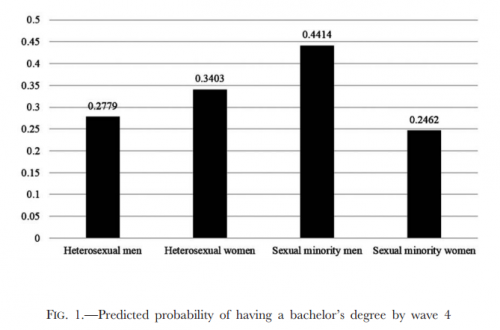We’ve highlighted the really interesting research coming out of the dating site OK Cupid before. It’s great stuff and worth exploring:
- Common lies in online profiles
- Evidence that we care waaaaaaay too much about looks
- Sex, desirability, and age: what they say and what they do
- Only 20% of self-identified bisexuals message both men and women
- Does similarity really translate into compatibility?
- How useful is the concept of sexual orientation?
- Word clouds by race and gender reveal most commonly mentioned ideas
All of those posts offer neat lessons about research methods, too. And so does the video below of co-founder Christian Rudder talking about how they’ve collected and used the data. It might be fun to show in research methods classes because it raises some interesting questions like: What are different kinds of social science data? How can/should we manipulate respondents to get it? What does it look like? How can it be used to answer questions? Or, how can we understand the important difference between having the data and doing an interpretation of it? That is, the data-don’t-speak-for-themselves issue.
Lisa Wade, PhD is an Associate Professor at Tulane University. She is the author of American Hookup, a book about college sexual culture; a textbook about gender; and a forthcoming introductory text: Terrible Magnificent Sociology. You can follow her on Twitter and Instagram.







